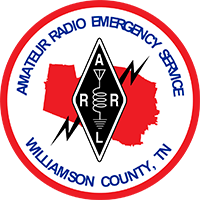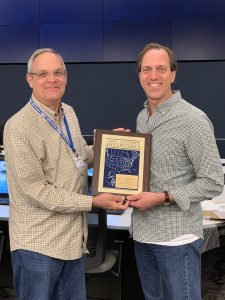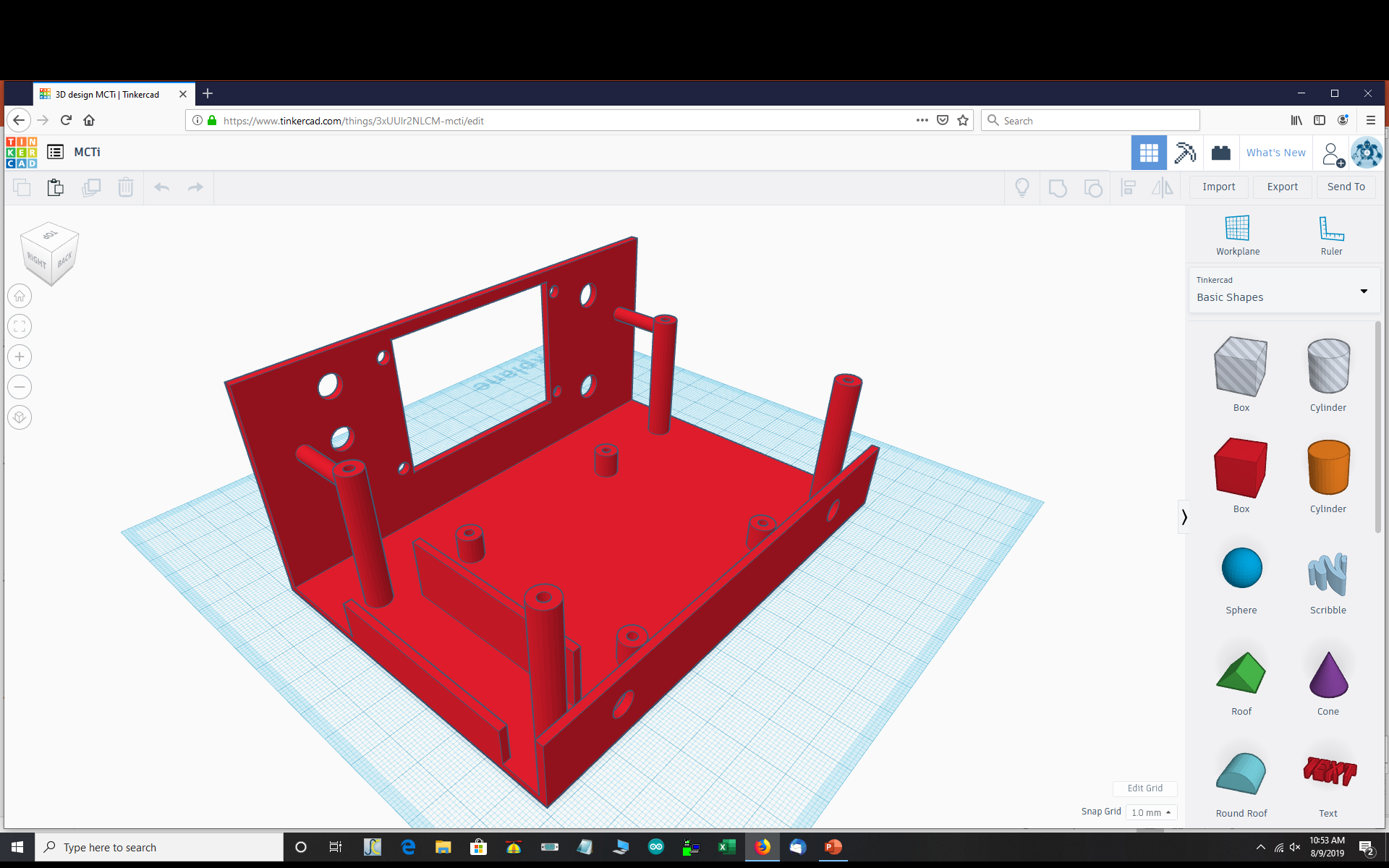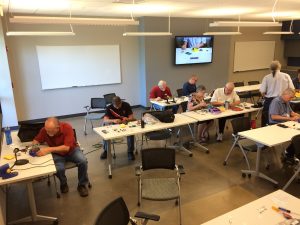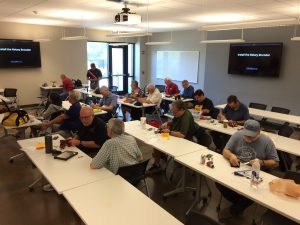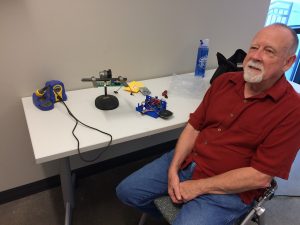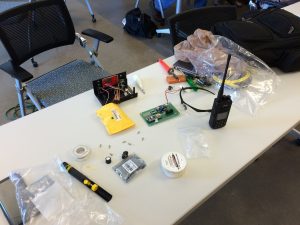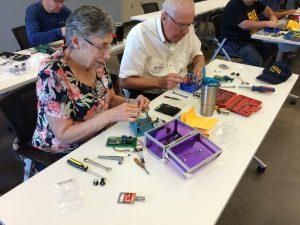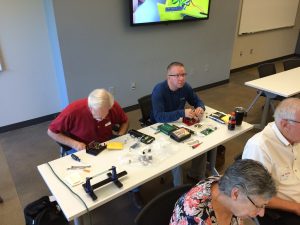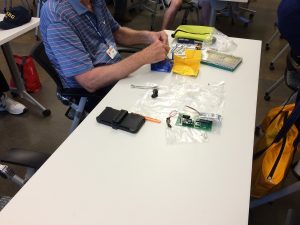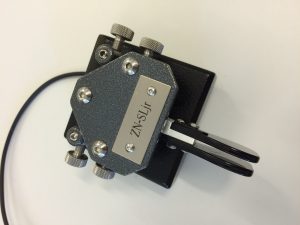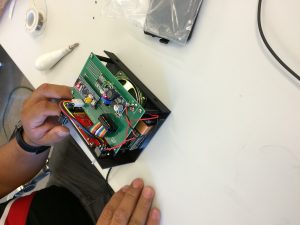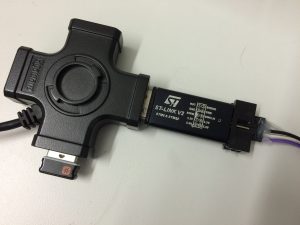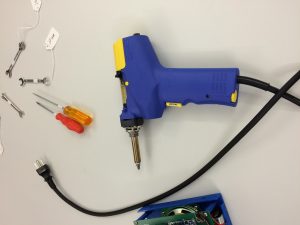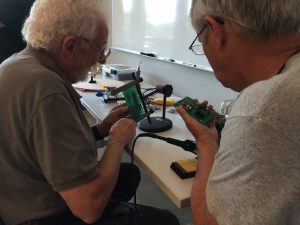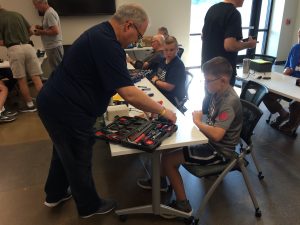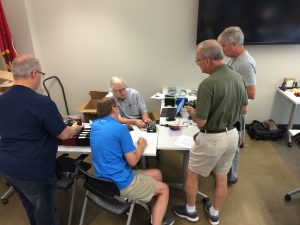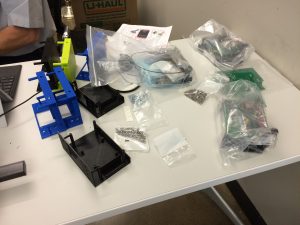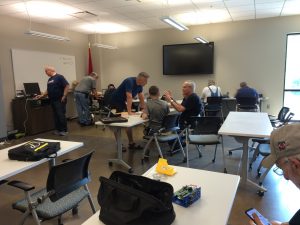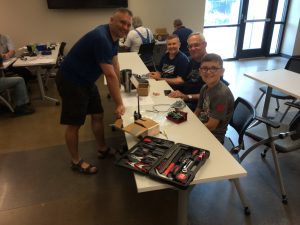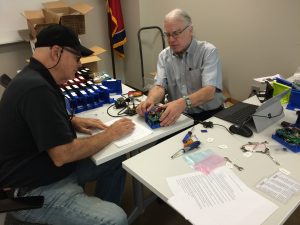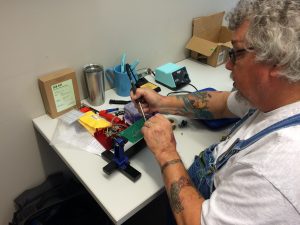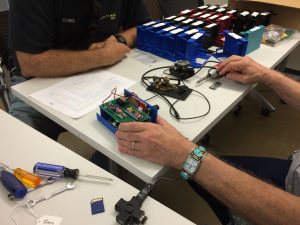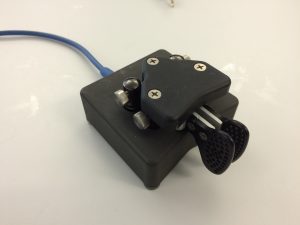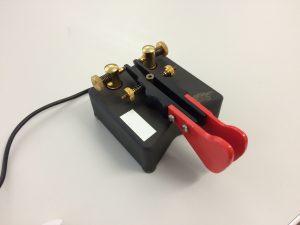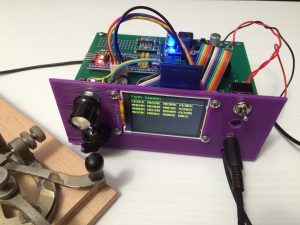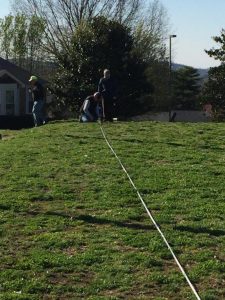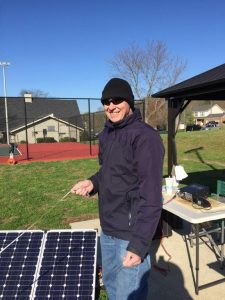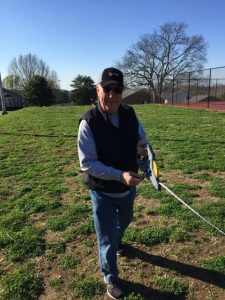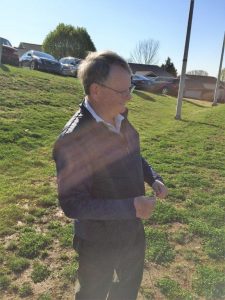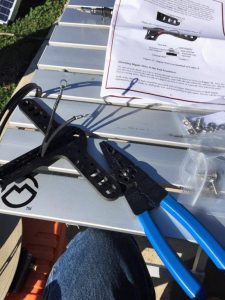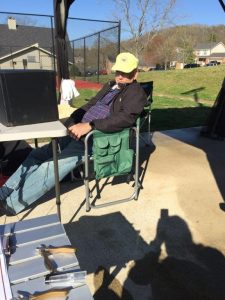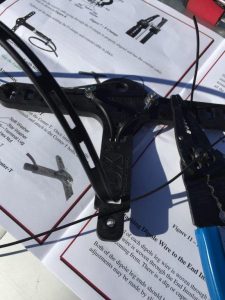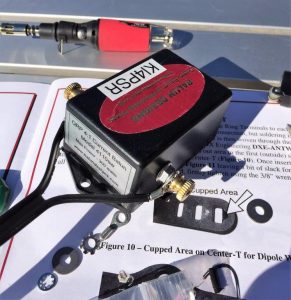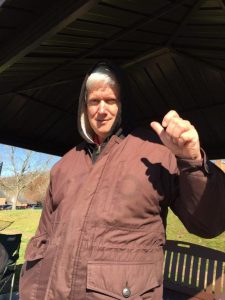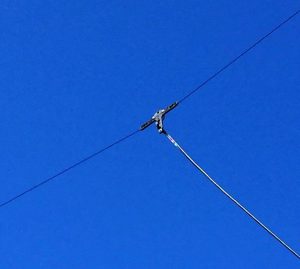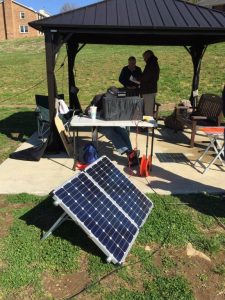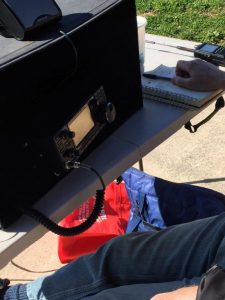SKYWARN Recognition Day Operator Registration Now Available!
SKYWARN RECOGNITION DAY OPERATOR REGISTRATION NOW AVAILABLE!
SKYWARN Recognition Day was created in 1999 by the National Weather Service
and the American Radio Relay League. Amateur radio operators comprise a
large percentage of SKYWARN volunteers across the country, providing vital
communication between the NWS and emergency management if normal
communications become inoperative. During this special event operators
working from NWS offices contact other radio operators across the world.
Where & When:
NWS Nashville Forecast Office,
500 Weather Station Road,
Old Hickory, TN
December 7th, from 0000 – 2400 UTC (Local time: 6 PM Friday 12/6 to 6 PM Saturday 12/7) (calendar)
This is a relaxed event with an easy exchange (call sign, signal report,
location and brief local weather description). We’ll have two HF stations
and one VHF/UHF station. Modes will be SSB and FM. Operating/logging time
slots are in 2 hour segments; N4CLO Laura will work out any scheduling
issues with those registering.
Click this link to see available operating times (view-only document):
https://docs.google.com/spreadsheets/d/1KA7jRZJpTgGmTJTTZLDuK5K5WoRE3Ae3gCzoGVrfiJM/edit?usp=sharing
Then, to sign up as an operator, click here:
https://docs.google.com/forms/d/e/1FAIpQLSf8yJaRGNKMPqLi8HKSQVpoRNoNiVYmITELU742YRrMNIQ4Qw/viewform
We still need V/UHF and HF equipment. To volunteer equipment and to help
set up/take down, click here:
https://docs.google.com/forms/d/e/1FAIpQLSdnWYZwx4c19D8-4mbDZjki0Roo4HY44hwrR9EBgTaj2NPe1A/viewform
Questions? Please email N4CLO Laura Marler at n4clo@arrl.net
